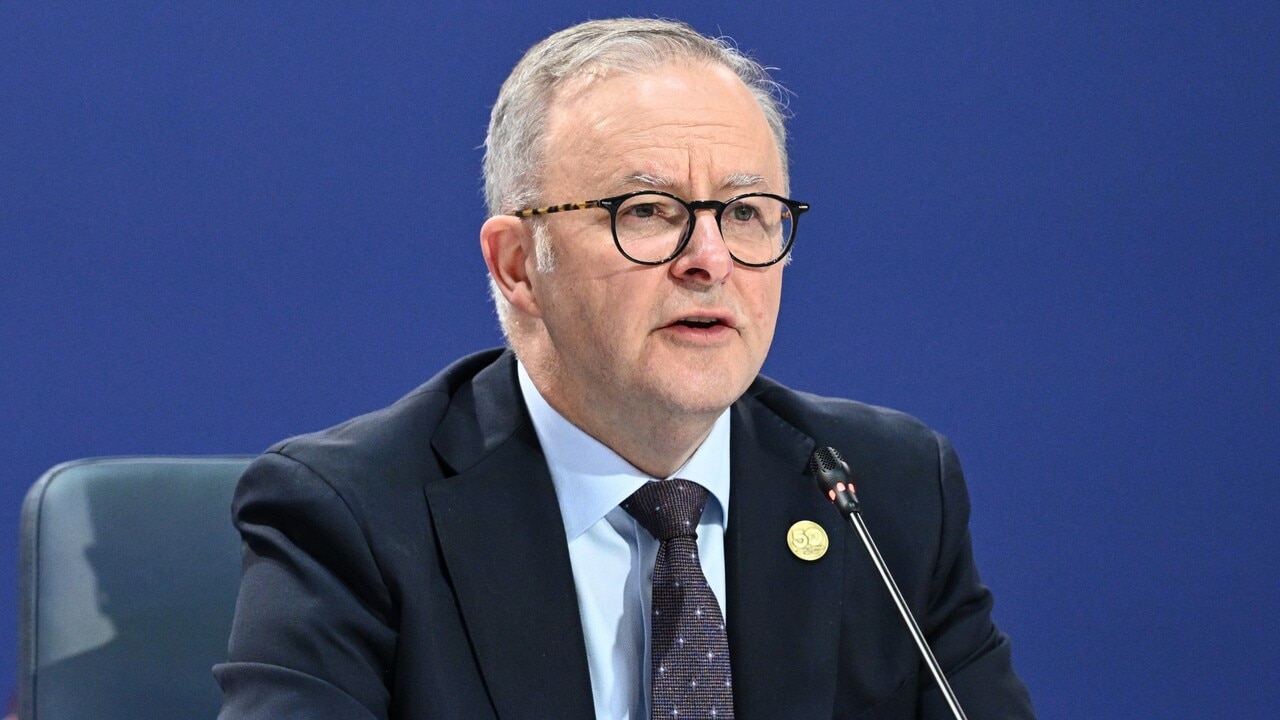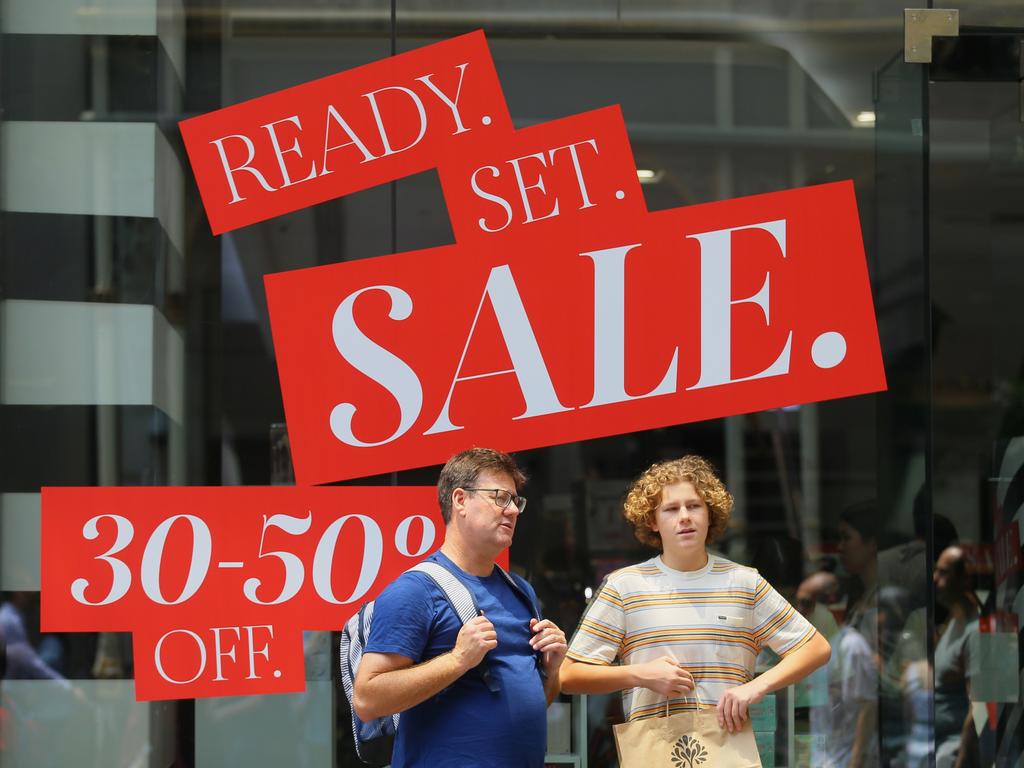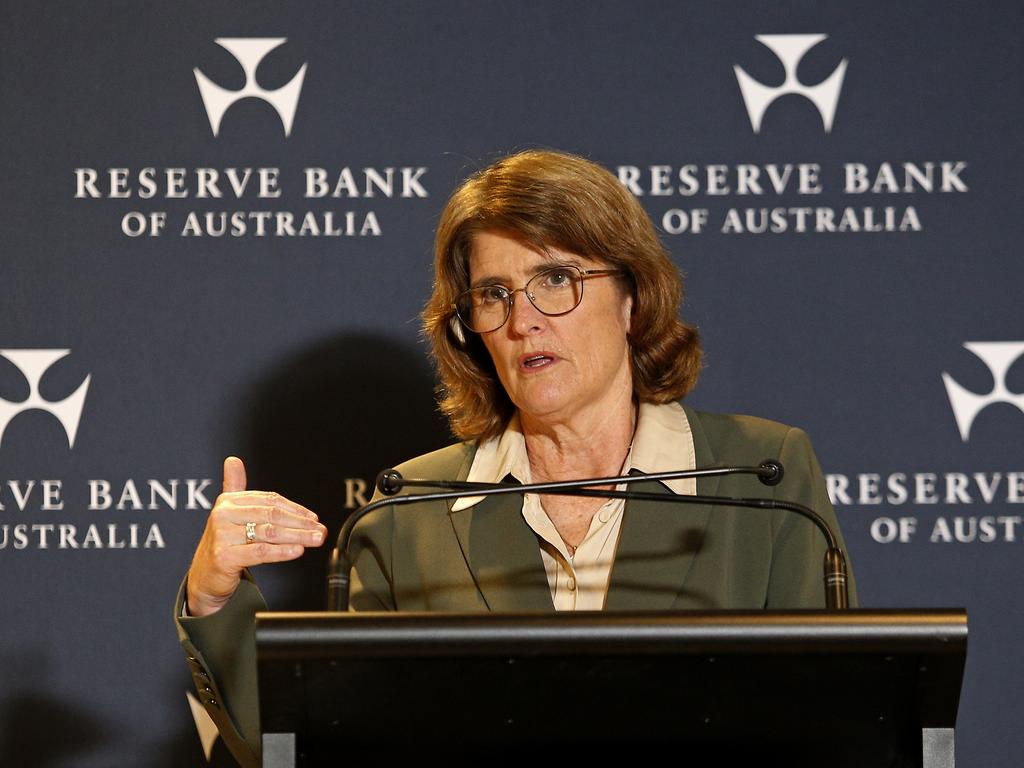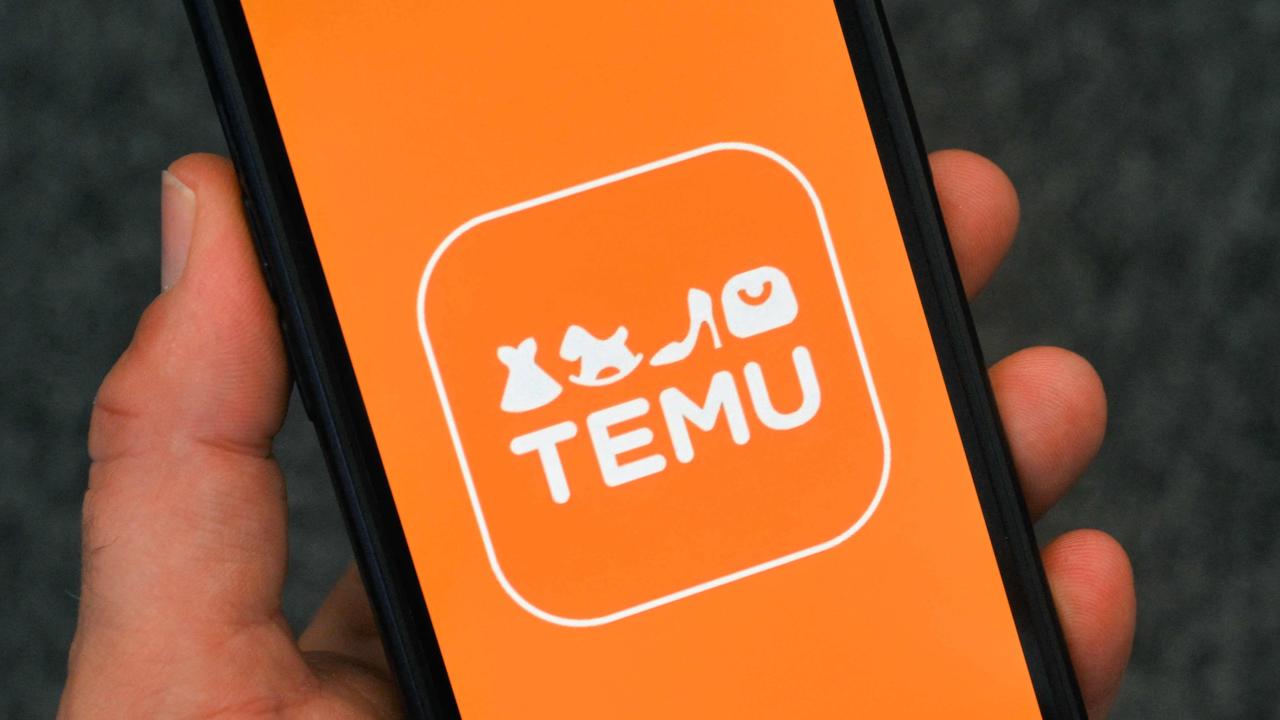Young Australians feeling the sting of cost of living crisis, boomers still spending big
The cost of living crisis remains front of mind for young Aussies, while boomers are splashing their cash on travel and shopping.

The cost of living remains a top concern for young Australian consumers with essential spending halving over the past year – but the times aren’t so tough for boomers.
Finances of young Australians are increasingly strained by skyrocketing rents and inflated prices, but older demographics are significantly less affected, according to analysis conducted by CommBank iQ.
While headline inflation has moderated to within the Reserve Bank’s target band, new figures indicate that young Australians are still feeling the squeeze.
Overall consumption growth for under 40s again declined in the quarter, with under 30s cutting their essential spending by 2.3 per cent and their discretionary spend by 1.9 per cent.

Wade Tubman, head of Innovation and Analytics for CommBank iQ said, “cost-conscious Australians are continuing to make trade-offs in the current environment”.
With a 6 per cent and 13 per cent spending increase in food delivery and streaming services respectively, it seems Aussies are swapping expensive dinners out for Uber Eats and Netflix nights at home.
The analysis paints a contrasting picture of spending habits for boomers however, with the 60-and-older demographic expanding their consumption by 3.9 per cent and over 70s by 7.7 per cent.
“Lower petrol prices and government energy relief programs have eased the pressure on essential spending and July’s income tax cuts have increased take home pay for many Australians, however there continues to be a discrepancy between the spending power of older and younger Australians” Mr Tubman said.
Largely unaffected by interest rate hikes and rent rises, and with inflation moderating, consumer spending growth on travel and general retail in these older age demographics has been significant, 10 per cent and 11 per cent respectively.
While the analysis doesn’t include mortgage or rental costs, the shifts in consumption patterns are congruent with increases in these key household expenses. Interest rates have increased from 0.1 per cent in April 2022 to 4.35 per cent, and renters are paying an extra $15,000 a year to rent a house since the pandemic.

More Coverage
This generational spending gap isn’t just between baby boomers and renting Gen Z’ers however, Tubman stated that “we’ve seen those all the way up to 40 years-old cut back on spending, highlighting the large swathe of the population feeling cost of living pressure”.
Another key demographic divide highlighted in the report was the gap between metro and regional areas, with spending growth in the regions outstripping the capitals by almost 1 percentage point.
Despite both grappling with inflationary pressures, property and rental prices in metro areas seems to be a significant burden on consumer spending.





